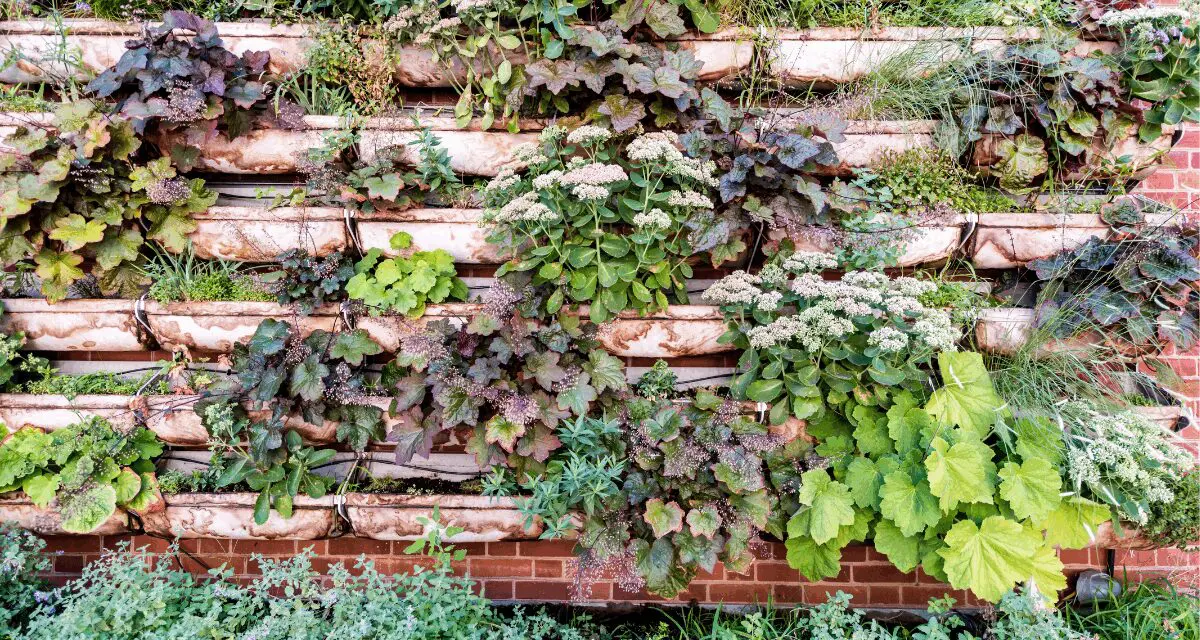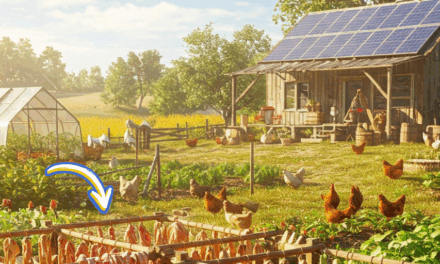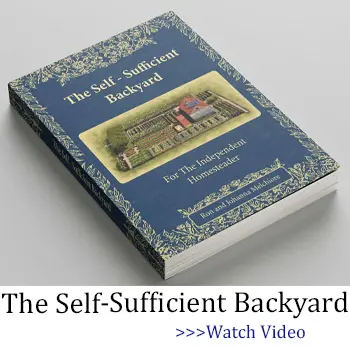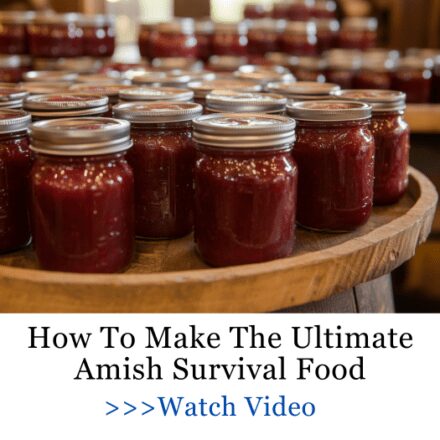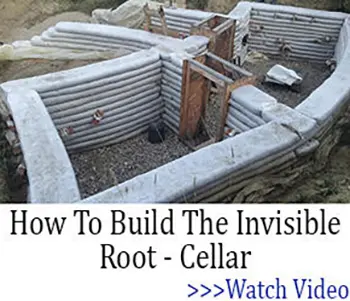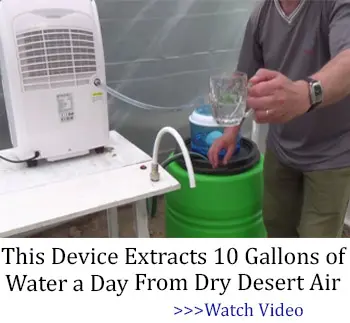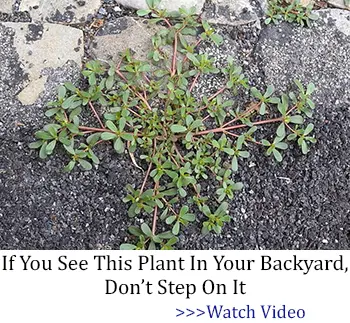In a world where every inch of soil matters, vertical gardening reminds us that nature’s abundance isn’t limited by ground space — only by imagination. 🌿
This time-tested growing method lets you turn fences, walls, and trellises into living gardens that feed you, heal you, and beautify even the smallest homestead.
Unlike modern systems packed with plastic and pumps, traditional vertical gardening relies on natural design, gravity, and careful plant pairing — the kind of wisdom our ancestors used long before “urban gardening” became a trend.
And as our growing conditions become more unpredictable, vertical gardening offers more than beauty or convenience — it offers resilience. When the ground floods, space runs out, or the soil turns poor, growing upward gives you a way to adapt, survive, and continue providing food and medicine for your family.
🌿 What Is Vertical Gardening?
Vertical gardening is the art of growing plants upward instead of outward, using supports such as trellises, stacked planters, hanging baskets, or wall frames.
It’s a space-saving, soil-protecting, and visually striking way to grow vegetables, herbs, and flowers — especially if you live in a small yard, apartment, or off-grid cabin.
The method dates back centuries. Indigenous farmers in Central America used vertical supports for beans and squash; monks in medieval Europe grew herbs up stone walls to save precious space inside monastery gardens. The principle is simple but powerful: guide nature upward, and she’ll reward you tenfold.
In today’s world, where urban expansion eats farmland and water scarcity challenges traditional agriculture, vertical gardening offers a bridge between modern efficiency and ancient self-reliance. It teaches us to use height as nature’s hidden dimension of abundance.
🌾 The Benefits of Growing Vertically
🌱 1. Maximize Small Spaces
Whether you have a balcony or a few feet of backyard, vertical gardening multiplies your growing area. A single wall can support dozens of plants — climbing beans, peas, strawberries, even leafy greens in pockets or stacked containers.
It’s a perfect solution for anyone limited by space, poor soil, or urban surroundings. Instead of fighting against concrete, you work above it — using height to reclaim nature’s bounty.
A vertical garden also helps you control microclimates: sun exposure, air flow, and shading can all be managed to create ideal growing environments. That control can mean the difference between survival and scarcity in uncertain times.
🌤️ 2. Healthier Plants, Fewer Pests
Vertical gardens improve air circulation and reduce moisture buildup, which means fewer fungal diseases. Many pests — like slugs and cutworms — struggle to climb, keeping your produce cleaner and healthier.
Sunlight reaches every leaf evenly, encouraging strong, nutrient-rich growth. As a result, plants not only grow faster but also produce better yields with less intervention.
Because plants are lifted off the ground, maintenance becomes easier too. You’ll spend less time bending, digging, or battling soil-borne infections. It’s a more natural, ergonomic way to care for your crops — ideal for older gardeners or those living off-grid who need efficient, low-labor systems.
🌍 3. Less Water Waste, Better Soil
Gravity becomes your friend. Water trickles from the top down, naturally hydrating lower plants. With proper design — like mulching and using moisture-retaining soil — vertical gardens conserve water beautifully.
In drought-prone regions or off-grid homes where water storage is crucial, this method is an efficient, sustainable way to maintain lush growth year-round.
It’s also a chance to reuse what nature gives you. Gray water systems, rain barrels, and even condensation collectors can be adapted to feed vertical gardens — turning waste into life and cutting your dependency on city infrastructure.
💚 4. Beauty and Wellbeing
There’s something deeply calming about watching plants climb, twist, and reach for the light. A wall of green reduces heat, filters air, and turns even a bare wall into a living sanctuary.
It’s more than gardening — it’s a reminder that nature will fill any space you give her.
In a noisy, digital world, tending to a vertical garden offers stillness. It reconnects you with the rhythm of growth — daily watering, pruning, harvesting — small, mindful acts that ground your body and restore your mind. For many herbalists, this rhythm is medicine.
🌼 Best Plants for Vertical Gardening
Not every plant thrives vertically. The best choices are those that climb, cascade, or stay compact.
| Type | Best Choices | Notes |
| Climbers | Beans, peas, cucumbers, tomatoes | Use strong trellises or netting |
| Trailing plants | Strawberries, nasturtiums, herbs | Ideal for hanging planters |
| Compact crops | Lettuce, spinach, kale, chard | Work well in stacked containers |
| Flowers | Sweet peas, morning glories, jasmine | Attract pollinators and scent the garden |
Herbalists especially favor mint, thyme, oregano, basil, and chamomile for vertical setups. These herbs thrive in confined soil and can be harvested daily for teas, salves, or tinctures.
Adding pollinator-friendly flowers among your edibles encourages bees and butterflies — the natural caretakers that ensure your plants keep bearing fruit.
🪴 How to Build Your Own Vertical Garden
You don’t need expensive materials or hydroponic systems to begin — only creativity and care.
Simple Vertical Setup:
- Choose a sunny wall or fence (at least 6 hours of light daily).
- Hang planters, attach a trellis, or repurpose wooden pallets as planting frames.
- Fill with rich, well-draining soil mixed with compost.
- Water from the top — let gravity distribute moisture evenly.
- Secure supports for climbing plants using natural twine or mesh.
For off-grid gardeners, clay pots, old buckets, and salvaged wood can serve as sturdy containers. The goal isn’t perfection — it’s productivity and harmony with your space.
If you live where summers are harsh or water is scarce, installing a slow-drip watering system powered by gravity or captured rainwater can keep your garden alive with minimal waste.
💧 Take Control of Your Water Supply with The Water Freedom System
Even the best garden means nothing without water. When drought hits or taps run dry, most people panic — but those who prepare thrive.
That’s why the Water Freedom System has become essential for off-grid living. It shows you how to extract clean, drinkable water from the air itself — using a simple device that works in any climate, without power or expensive filters.
Inside, you’ll discover:
- How to create a reliable water source for gardens, animals, and survival
- The system that pulls moisture from the atmosphere — 24/7
- Step-by-step blueprints to cut your dependence on utility companies
- A sustainable, low-cost setup that protects your family when the grid goes down
If you’re growing vertically, collecting and conserving water is your next step toward true independence.
🌸 Caring for Your Vertical Garden
Because plants grow closer together, consistent care is key.
- Watering: Check daily in hot weather; upper plants dry faster.
- Feeding: Use compost tea or diluted liquid fertilizer every few weeks.
- Pruning: Trim excess growth to prevent shading lower plants.
- Rotation: Replant or replace crops seasonally to prevent soil depletion.
The beauty of vertical gardening lies in balance — letting nature do most of the work while you guide it gently. The more attention you give early on, the more self-sustaining it becomes later.
And remember: your vertical garden evolves with you. Each season reveals which plants thrive, which structures hold, and which combinations bring the most joy — and nourishment.
⚖️ Vertical vs. Traditional Gardening
| Feature | Vertical Gardening | Traditional Gardening |
| Space Efficiency | Uses walls & height; ideal for small areas | Requires open ground or large plots |
| Water Usage | Minimal waste; gravity-fed | High evaporation & runoff |
| Pest Control | Fewer ground pests | More vulnerable to soil-borne insects |
| Maintenance | Easier access & harvesting | Requires bending & more labor |
| Yield Potential | High density in small space | Limited by horizontal area |
| Aesthetics | Doubles as natural décor | Purely functional layout |
This approach is not meant to replace the soil under your feet — but to complement it. Together, vertical and traditional gardening form a complete system: one builds resilience in tight spaces, the other anchors abundance in the earth.
📗 Discover More in The Forgotten Home Apothecary
If you enjoy growing your own food and herbs, The Forgotten Home Apothecary will show you how to turn that harvest into natural medicine.
Inside, you’ll find:
- Step-by-step guides for healing salves, tinctures, and tonics
- Herbal profiles with foraging and identification tips
- Remedies for stress, pain, and immunity
- How to build a self-sufficient herbal pantry from home
This book bridges the gap between garden and apothecary — teaching you to grow, heal, and live more independently.
Bucket Gardening: How to Grow Your Own Food Anywhere
The Natural Painkiller that Grows in Your Backyard (Video)

